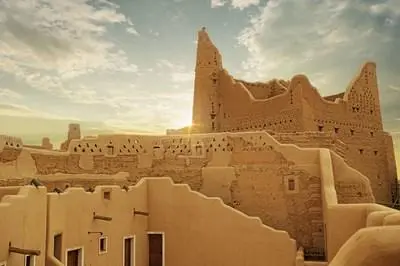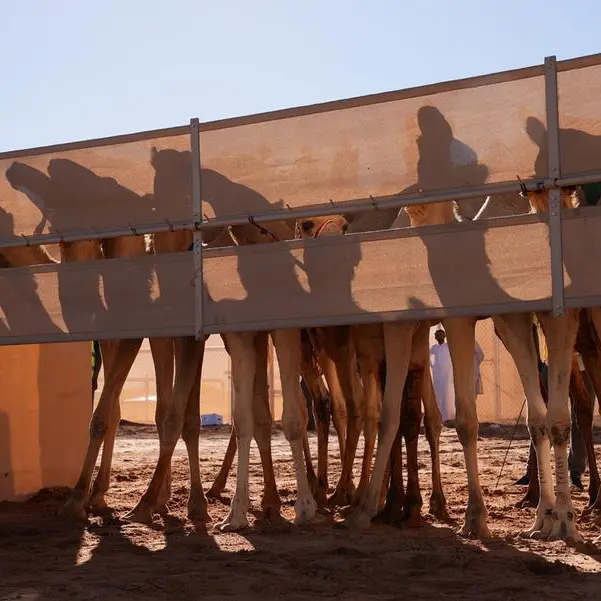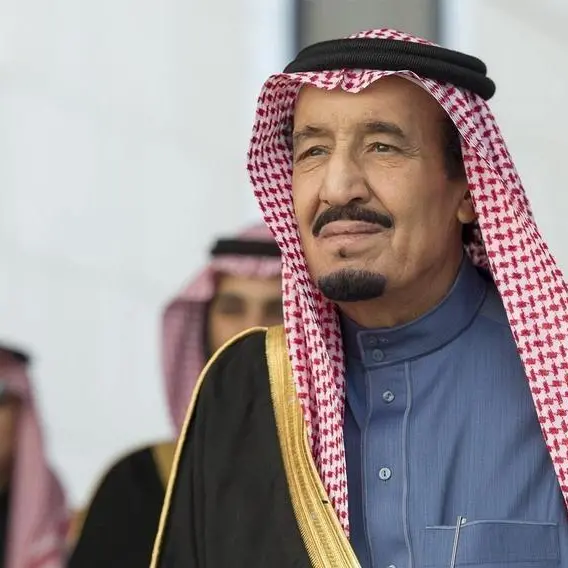PHOTO
RIYADH: A new historically inspired font will be used as part of a digital typeface for one of Saudi Arabia’s major projects.
The Diriyah Gate Development Authority (DGDA) will launch the font as part of a new family of digital typefaces called “The Diriyah Fonts,” which will add an authentic and original style to branding and communication material.
Talal Kensara, strategic planning director of the DGDA, told Arab News the Diriyah font was first used by the grandchild of Sheikh Mohammed bin Abdulwahab. A historical manuscript was used for design inspiration — Almuqana by Ibn Qudamah, in the handwriting of Sheikh Sulayman bin Abdullah bin Abdulwahab, considered one of the greatest calligraphic works of its age.
Kensara said: “A very famous manuscript in Diriyah was found and we thought about how we could extract a font related to Diriyah out of the historical documents.”
The font design is based on a school of calligraphy in Diriyah, which was destroyed in 1818.
“It dated back to the first Saudi state, between 1744 and 1818. But the manuscript that we used was dated between 1803 and 1814, during the time of Imam Saud bin Abdul Aziz bin Muhammad,” said Kensara.
With the aim of reviving the particular typographic aspects found in the calligraphy of the Almuqana manuscript, the style combined Thuluth and Naskh characteristics. This gave birth to the old Diriyah font, which became famous after many traveled from across the Arabian Peninsula to the former Saudi capital to study and learn.
The DGDA began using the font two years ago in internal communications.
“There’s this huge plan to announce the font and use it widely in many formats and many modes and means. We’re working with the Ministry of Culture to announce the font together. We’re looking forward to announcing this as soon as possible,” Kensara said.
He added that they were helped by a number of famous international calligraphers who extracted the font from the old manuscripts and created the updated version.
“It has been scientifically approved … I never imagined that extracting a font would be that complicated” he said.
The fonts are available in both English and Arabic.
Kensara said: “Of course, it wasn’t there historically, but the calligraphers used the same character of the Arabic font to produce an English font. We were able to extract an English font out of the Arabic font. They share the same spirit and character.”
He added that the font will provide many uses and opportunities.
“One is a dedicated book that will demonstrate the font and its value. And to have a symposium within the universities … inviting the scientific industry to explore the font as well.”
Copyright: Arab News © 2020 All rights reserved. Provided by SyndiGate Media Inc. (Syndigate.info).












